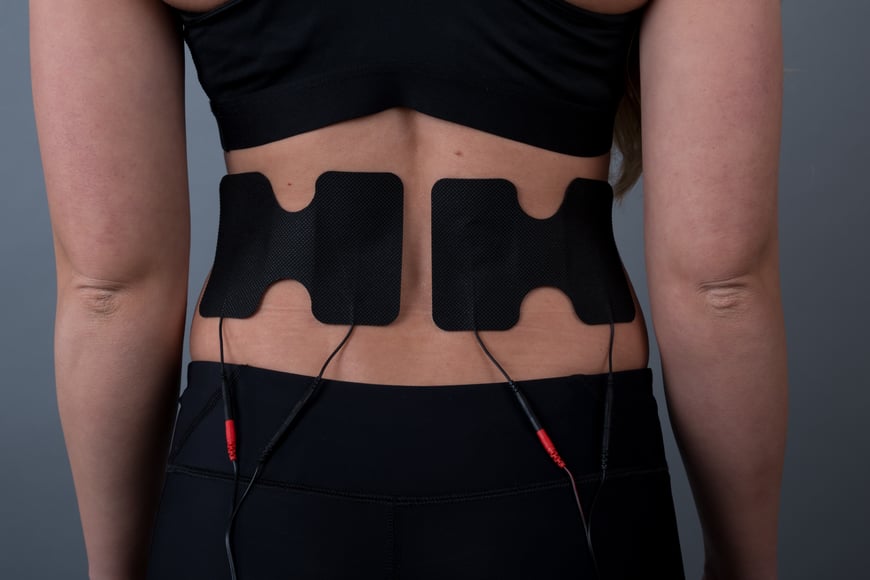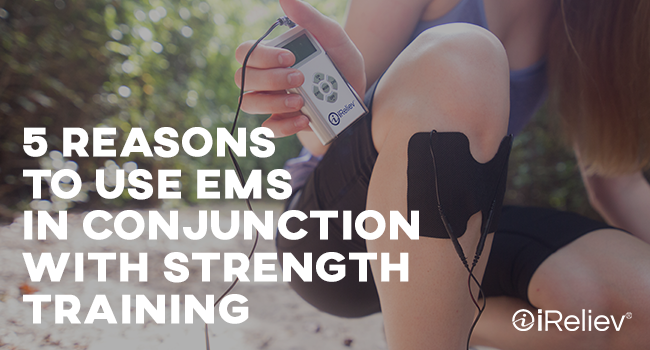If you’re involved in athletics in any significant way, the chances are you’ve heard of a thing called EMS. EMS (electrical muscle stimulation) uses gentle electrical impulses to stimulate the muscles to contract them, then relax the muscles again. This works like a passive exercise, increasing blood flow to the area and encouraging muscle growth. Lots of people in the sports performance community agree that EMS is a valuable asset for athletes of all kinds. If you’re not using EMS in conjunction with strength training you should be. Here’s why.
Research Proves That EMS Works
Lots of recent research and clinical studies have shown that using EMS in conjunction with strength training is consistently beneficial. It helps to enhance strengthening exercises and to encourage performance gain. Those who argue against this are generally not using EMS along with a strength training program, which is a necessary component. While both EMS and strength training offer benefits on their own, it’s the combination of the two where the real benefits are revealed. We've got a lot more information about HOW EMS works, feel free to read that also!
EMS Increases Strength Without Exhausting the Athlete
EMS therapy can be applied while sitting still, or even on-the-go. It doesn’t require further expenditure of energy from an athlete that may already be pushed to the limits. The cumulative effects of EMS in conjunction with strength training create stronger development and with less physical and mental energy and time from the athlete. If you're interested in electrode pad placement by muscle group, please check out this great guide on pad placement and care.

EMS Provides a Complete Muscle Contraction
There are a lot of little details that can affect the efficiency of a work-out. For instance, if an athlete is stressed or distracted, this can actually be detrimental to a workout. This is because if the mind is relatively occupied, the autonomic signals in the body and brain won’t be as precise. As a result of that, a muscle contraction from a work-out won’t be as complete as possible. EMS bypasses all of this and works directly with the muscle, creating clean and full contractions.
EMS Makes Recovery Easier
Not only should athletes use EMS in conjunction with strength training for its strengthening purposes, but also as a recovery tool. Everything about EMS therapy—the muscle contractions, the increased blood flow, the portability—helps hasten recovery. As EMS promotes circulation to the area where it’s applied, it cuts down on swelling and makes the rest period more productive.

EMS is Portable
As mentioned earlier, many EMS devices—such as those sold by iReliev—are compact and battery operated. The portability of EMS is excellent for athletes who have to travel and sit still for long periods of time. EMS can keep muscles and joints flexible and warmed-up in between strength training sessions. EMS is especially useful for those athletes with tight schedules, as it can be applied during other “rest” activities. Use it in the car (but not while driving), on the plane, while you’re surfing the internet or over a meal.
If you’re not applying EMS in conjunction with strength training, you’re missing out on an opportunity to take your performance to the next level.
Find out more about iReliev's Electrode Pad Club

.png?width=320&height=80&name=11.3.17-Logo-with-passion-colors-and-roboto-font-AI-v3-(320-x-80).png)


%20jpg-1.jpg?width=300&name=11.13.17%207070%20Banner%20(300%20x%20250)%20jpg-1.jpg)

